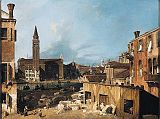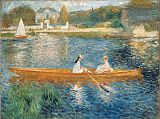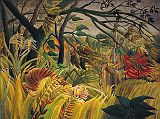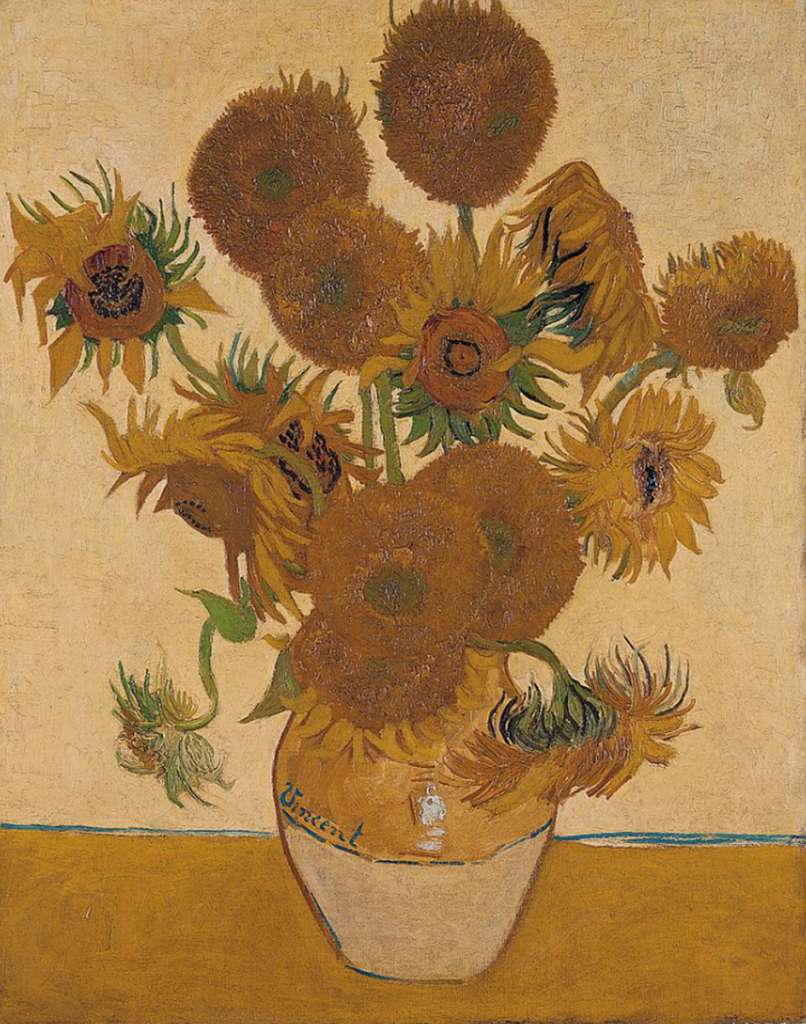




London National Gallery Top 20 16 Vincent Van Gogh - Sunflowers [17 of 21]
Vincent van Gogh – Sunflowers, 1888, 92 x 73 cm. This painting was voted #6 in the 2005 BBC Greatest Painting in Britain Poll. This is one of four paintings of sunflowers dating from August and September 1888, which Van Gogh intended to decorate Gauguin’s room in the so-called Yellow House that he rented in Arles. Its predominant yellow hue (for van Gogh an emblem of happiness) is also a tribute to Provence. The Sunflowers illustrates the cycle of life, from the bud, through maturity and death. The spiky or gnarled forms of nature also symbolized human passions to van Gogh. As if in contrast to these natural forms, the tabletop and vase are simplified, flattened and outlines, and van Gogh’s signature, ‘Vincent’, becomes a naïve blue decoration in the glaze of the Provencal terracotta jar.





